When you walk under the archway that marks the entrance to Siena on a sunny day in mid-August, you may as well be walking through a time machine.
It’s the day of Il Palio di Siena, the bi-annual horse race that takes place in this ancient Italian city. At first glance, Siena is medieval in every sense of the word. The narrow, winding streets surrounding the sprawling central square where the race is held, are complemented by buildings so close together that you can touch the walls on either side while standing in the middle of the street. If you find yourself in the city on Palio day, you can’t escape the feeling that you’ve travelled back in time.
The History of The Palio
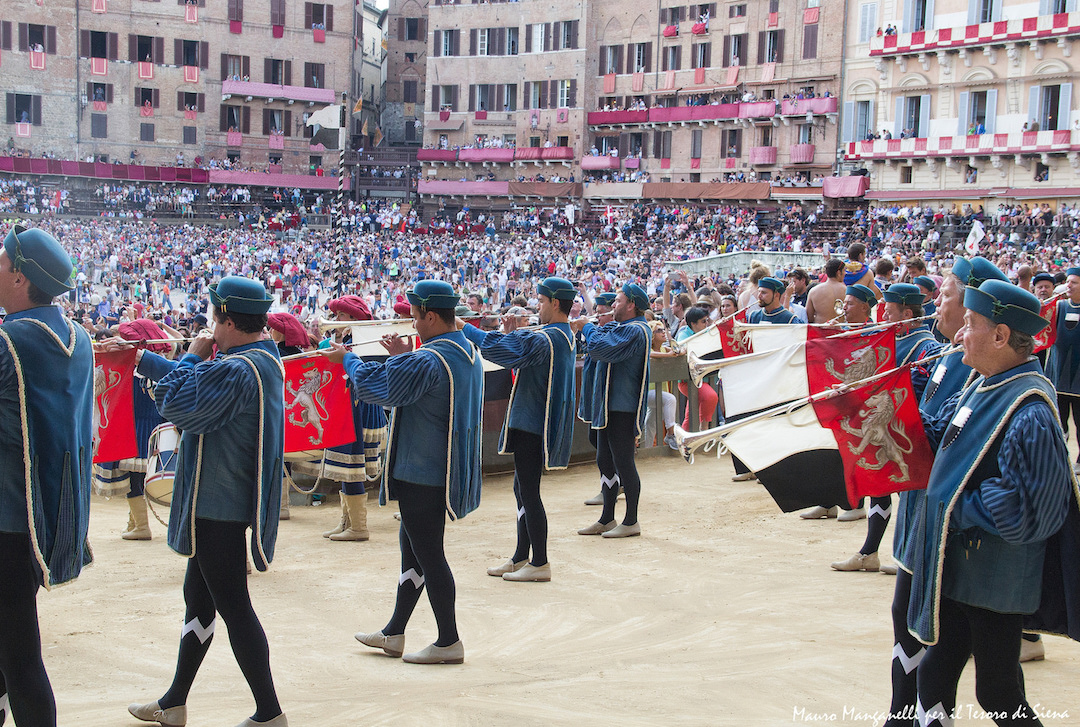
The first Palio was run in the 17th century, when the city was divided into separately governed districts, or contrade. The division of the districts still stands today along with many ancient traditions stemming from the original Palio, including jockeys riding bareback around treacherous corners of the track, often concluding in them being thrown from their horses. The Sienese are fiercely loyal to their districts, and are said to be “born, bred and buried” in the church of their contrada. Each district has their own governing bodies, emblems, colours, and anthems. On race day, the Sienese flood the streets and erupt in song, proudly brandishing the colours of their district on bright scarves and flags. Vicious rivalries between the districts still stand strong today, some because of boundary disputes, others because of insults deeply embedded in their history.
When is Palio?
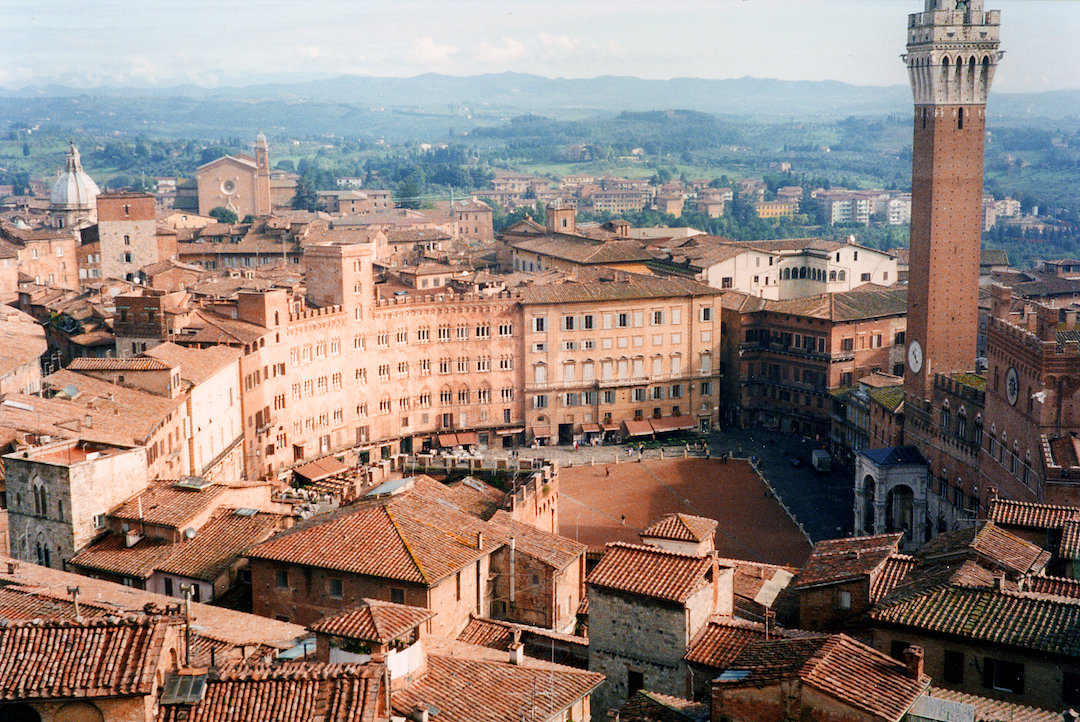
The Palio happens twice a year, on July 2nd and August 16th. The Sienese work 365 days a year to prepare for this 90-second race, so the actual race days are a surprisingly minor part of Palio as a whole. In the weeks leading up the race there are pre-trials and blessings of the horses, and massive celebrations including outdoor dinners throughout the districts. Jockeys and captains train year-round for Palio, and many pour a lifetime’s worth of blood, sweat and tears into this brutal “Sport of Kings”.
How to Get There…
Siena is smack-dab in the middle of the country, just over an hour’s drive south from the tourist hub of Florence. If visiting Florence is already in your Italy game plan, the Palio makes for a great day trip. You can catch a train or a bus from Florence, so renting a car is not essential to experience Palio.
If you do opt for the train, make sure you stamp your ticket in the machine and get it verified with the time and date. Failure to do so can result in a fine for travelling with an unverified ticket (even though you paid for it). Traffic on race day leading into Siena is hectic to say the least, and the parking spots – even the illegal ones – fill up fast, so if you’re coming in by car, you definitely want to plan for an early wake up call and a lengthy walk into town.
Where to Stay…
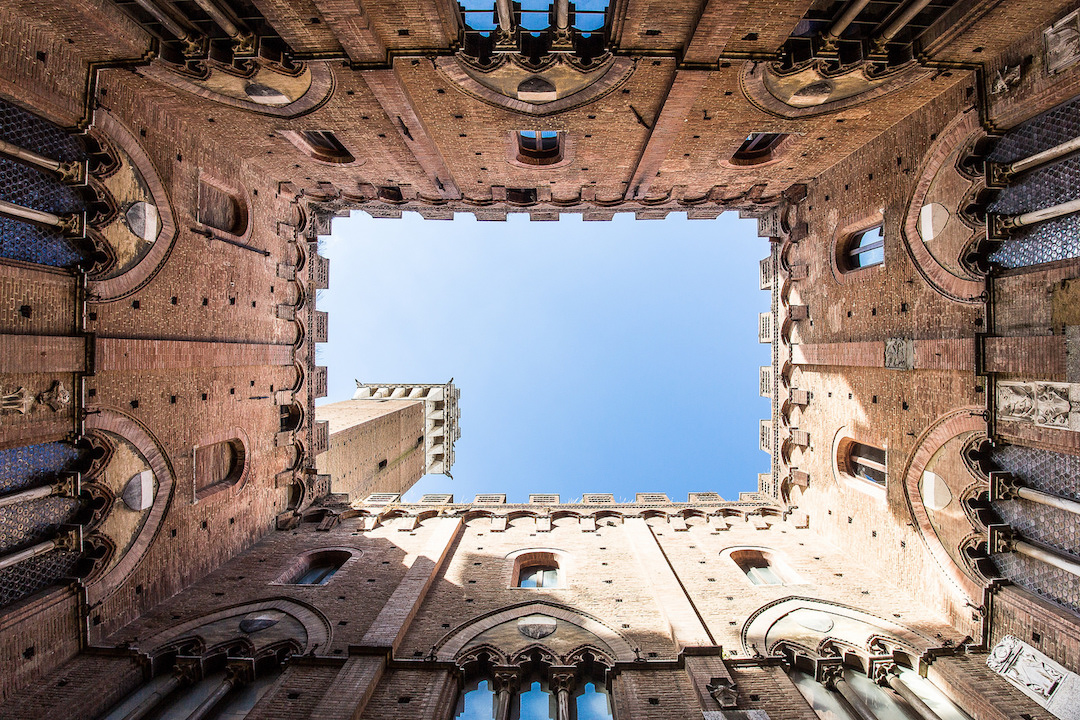
You have a few options when it comes to accommodation for Palio. You can opt for a spot right in the thick of the action, but be prepared to book six months in advance if you don’t want to spend your entire trip’s budget in one night. During the Palio rates for hotels and hostels increase significantly, and they book up fast. We went for the out-of-town route, and stayed at a winery about an hour’s drive from Siena, rented a car and made a day trip out of it. This is an ideal option if you are looking to indulge in less wine and more sightseeing, but if you plan to stay and party with the locals in the aftermath of the race (which I must admit, looked like a lot of fun) then a spot in town or within walking distance would be your best option.
How to See The Palio…
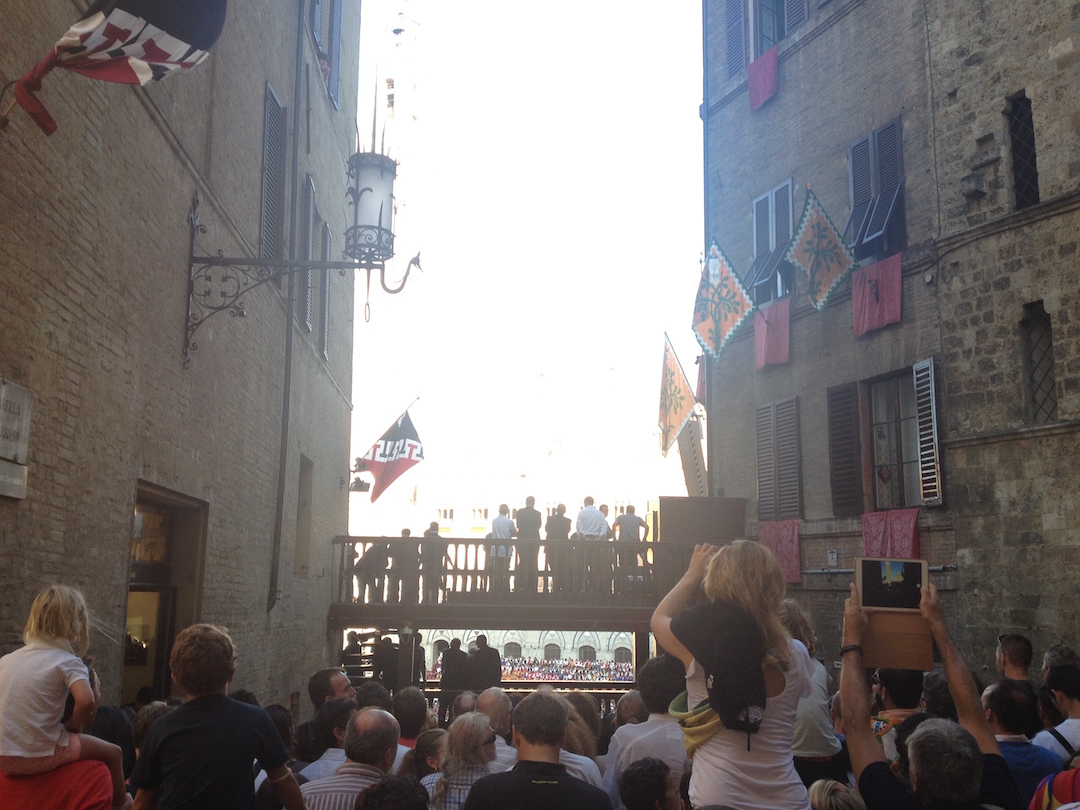
If you want to get into the centre of the action, be prepared for an early start and a long wait. The actual race takes place in Piazza del Campo, the town’s centre square, with the racetrack circling around a large gated spectator area in the middle. You can purchase an advanced ticket for a bleacher seat, or pile into the centre area, packed to the brim with tourists and locals. This requires hours of waiting in crowds, and all for a race that lasts 90 seconds, so it is a commitment to say the least.
Because we were not veteran Palio spectators, we arrived later in the morning and missed our shot to get a spot with a decent (or any) view. We positioned ourselves in the crowded streets, perched on a storefront and struggling for a glimpse of the track. Wherever you end up, prepare for a cloud of cigarette smoke and screeching voices in all directions; Palio is a textbook nightmare for any claustrophobe. Our only indication that the race had actually begun was the bang of the starter pistol, the thundering hooves, and the explosion of cheers from the crowds. Before we realized what had happened, the race was over.
The Aftermath
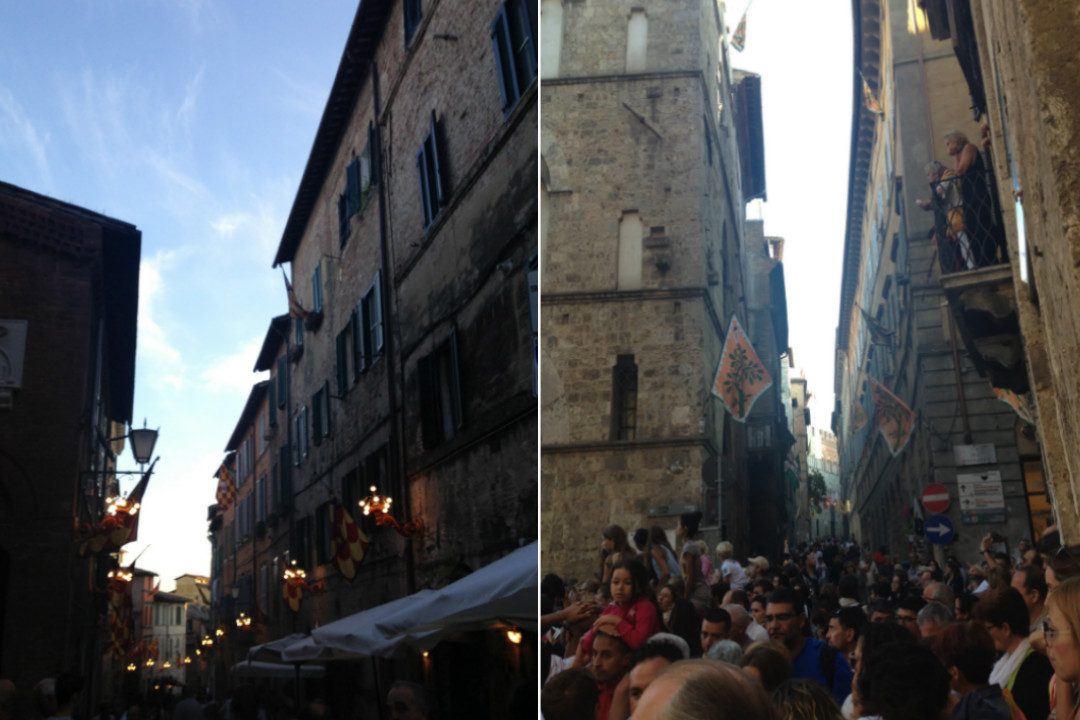
The moment the last horse crosses the finish line, members of the winning district explode into celebration, while the remaining crowds erupt into cries of despair and sadness. Young men from the winning districts scale balconies and rip down flags, hoisting them triumphantly over the churning crowds and belting out their unique anthems. Grown men and women sob in the streets, and fights break out between quarreling districts. Losing jockeys are quickly sequestered to a safe space, as it is not uncommon for a losing jockey to be viciously attacked by their own district.
Slowly, the crowds disperse and the winners begin their victory celebration. Someone trotted an injured horse along the street down to the veterinary tent, using a stick of bamboo to clear the way through the packed crowds.
The Palio is not for everyone, but if you’re looking for something as far removed as possible from our modern way of life, and some deep culture shock to go along with it, I would highly recommend working this exhilarating event into your Italian adventure.
Featured image by Dean Ayres


